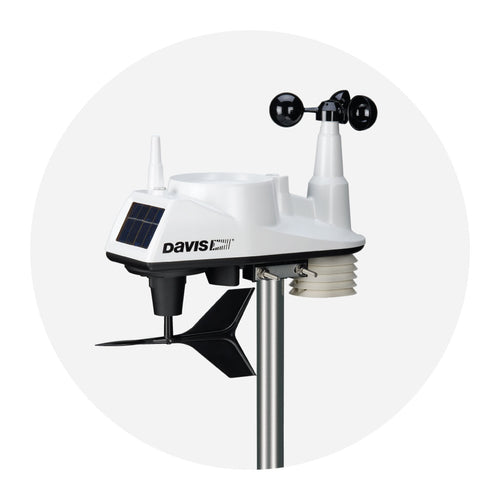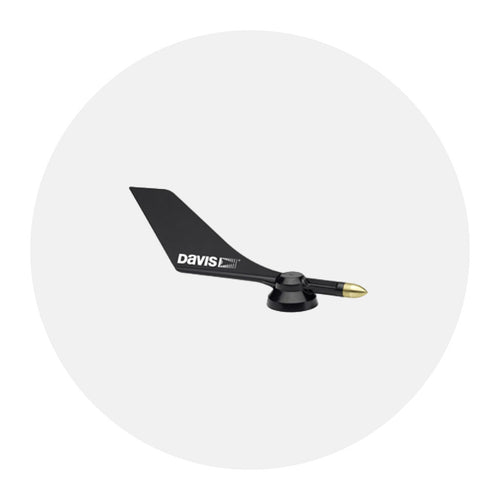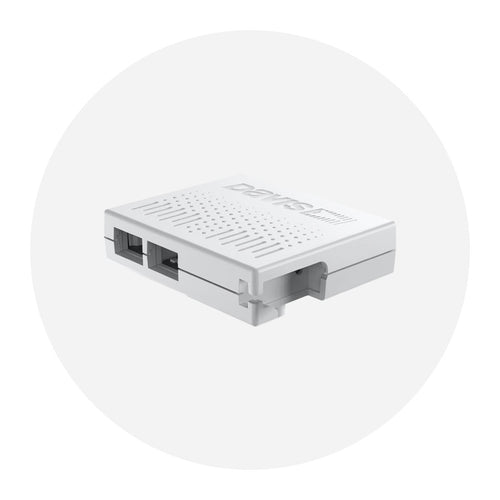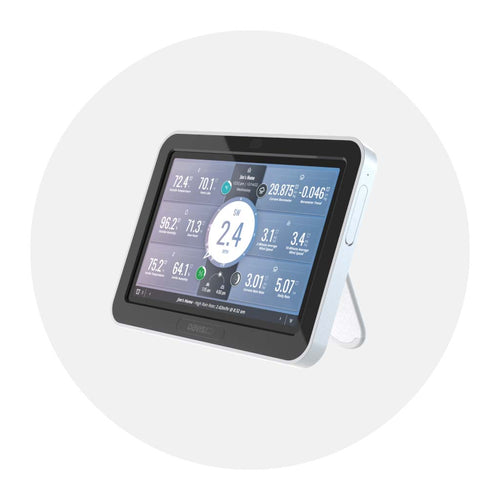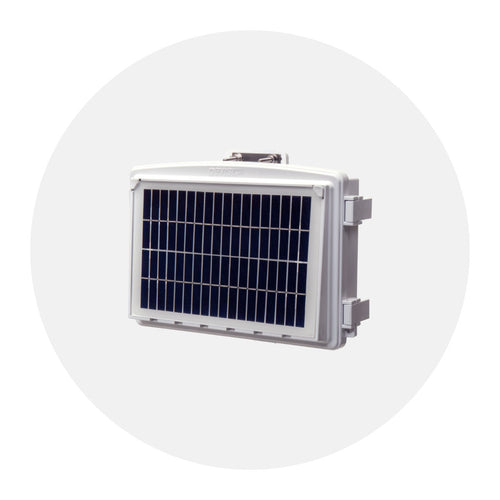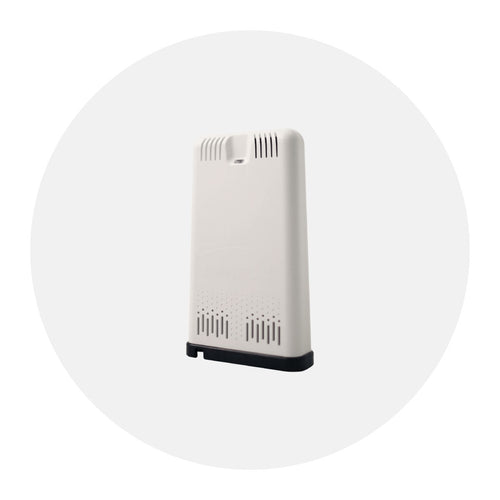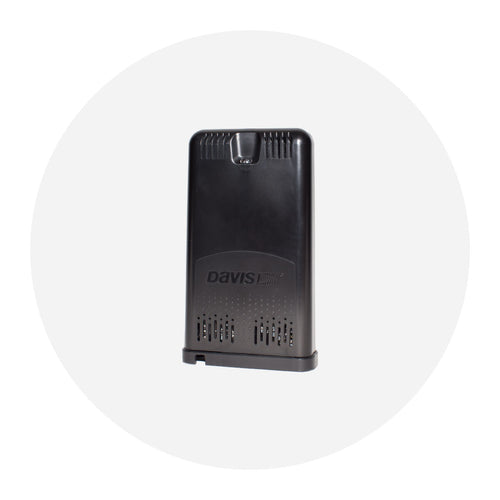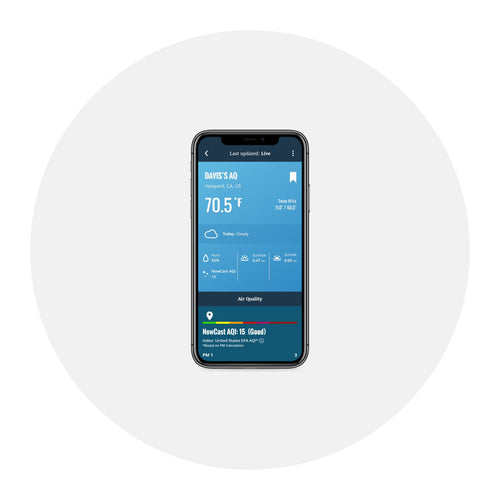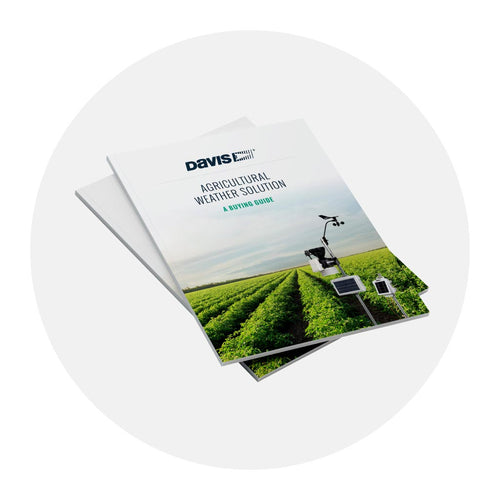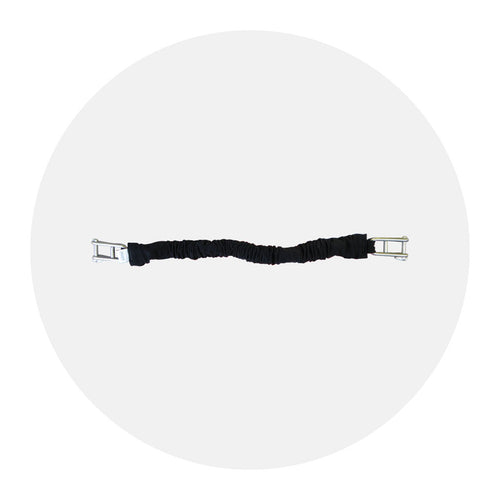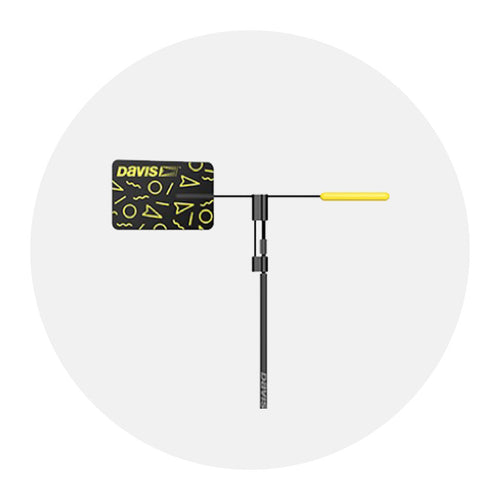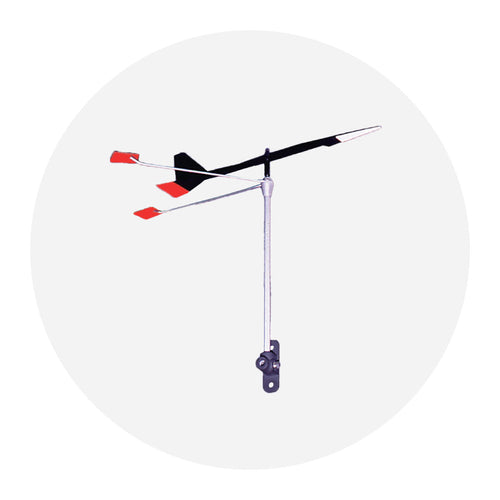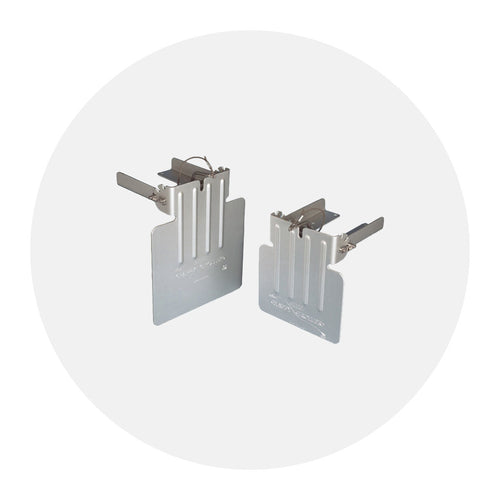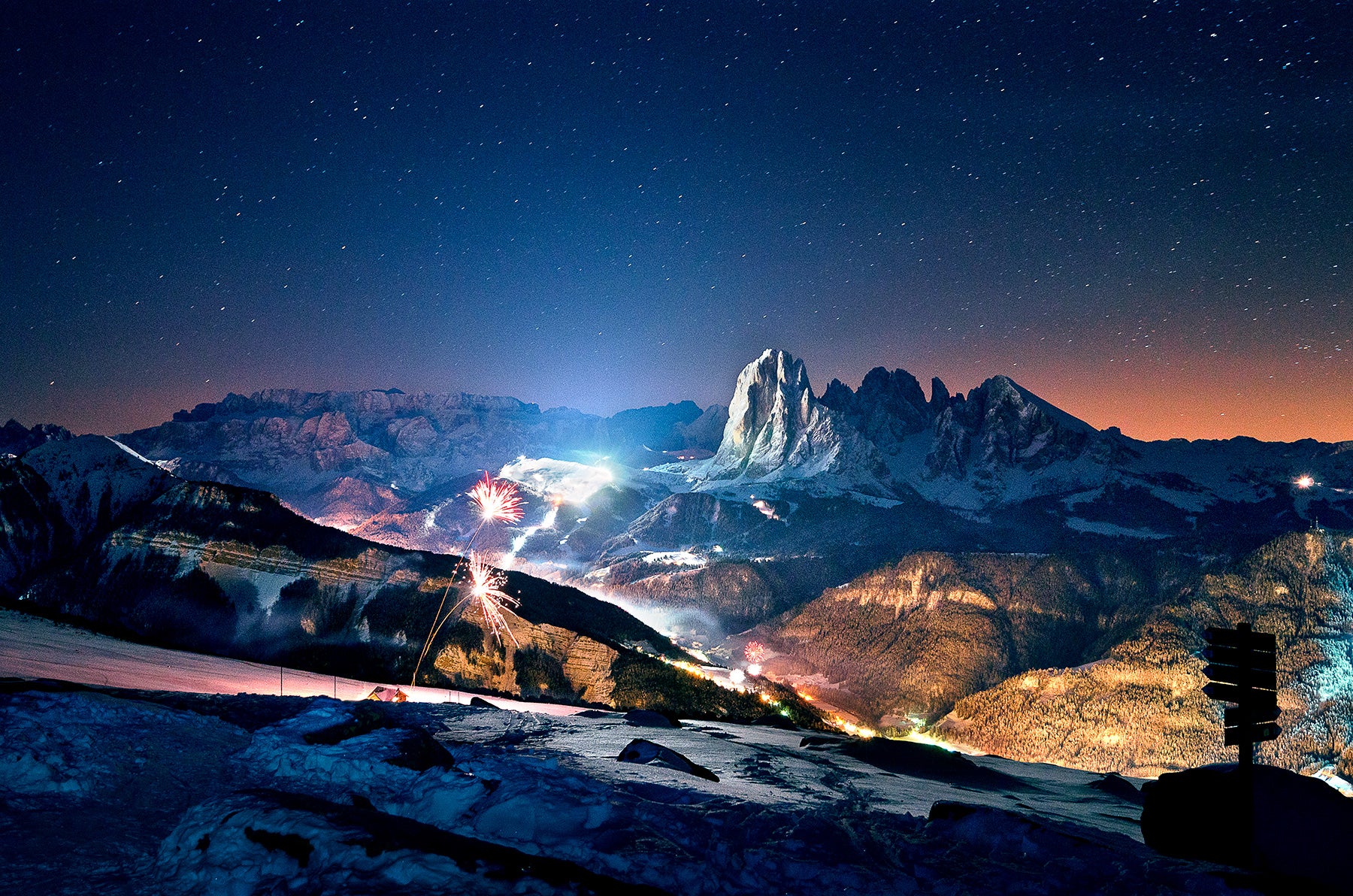
Vantage Pro2s in Winter Wonderlands on both sides of the Atlantic
 Winter Wonderland EU: Val Gardena in the Dolomites Copyright Dolomites Val Gardena – www.valgardena.it
Winter Wonderland EU: Val Gardena in the Dolomites Copyright Dolomites Val Gardena – www.valgardena.it
In the Northern Hemisphere, it’s that time of year when snow makes us think of words like beautiful, clean, holidays, snow angels, and ski runs. In a few months, we might think of snow with a whole different set of words, but for now, the idea of a winter wonderland prevails. There can be few better winter wonderlands those found in the Dolomites in Italian and the Canadian Rockies of Alberta, Canada.
 Winter Wonderland Canada: Lake Louise Ski in the Canadian Rockies. Copyright SkiLouise – www.skilouise.com
Winter Wonderland Canada: Lake Louise Ski in the Canadian Rockies. Copyright SkiLouise – www.skilouise.com
This month when skiers arrive at Val Gardena in the heart of the Dolomites of South Tyrol, Italy, and Ski Louise Ski Resort in Alberta, they will have networks of Vantage Pro2s ensuring safe, snowy rides down the hill.
Jon Chestnut, the Information Technology Director at Lake Louise Ski Area, and Patrick Stuflesser, Val Gardena’s IT Manager, both told us that their networks of Vantage Pro2s are vital to daily operations.
The Val Gardena network includes 10 Vantage Pro2s including more on the mountains (the highest at one at 2,450 meters/8,038 feet), and others in the valleys below, all mounted with webcams.You can see them all here.
 Val Gardena in the Dolomites Copyright Dolomites Val Gardena – www.valgardena.it
Val Gardena in the Dolomites Copyright Dolomites Val Gardena – www.valgardena.it
At Lake Louise, seven Vantage Pro2s provide data from sites on the mountain tops and the valley below. Each has a webcam with the weather data superimposed on the view.
 A Vantage Pro2 is installed on this lift tower. Copyright SkiLouise www.skilouise.com
A Vantage Pro2 is installed on this lift tower. Copyright SkiLouise www.skilouise.com
Both said that while guests certainly enjoy being able to check on the conditions any time they like, the main uses for the weather stations is in determining when to make snow and in keeping the runs safe for skiers.
For Jon at Lake Louise, avalanche prediction and control are part of the resort’s daily operation. Avalanches are complicated and affected by many different factors, but forecasters are always looking at precipitation, new snow totals, temperature, wind, snow water equivalent, cloud cover, solar radiation data. They also depend on their own deep knowledge of the specific terrain in the area.
Jon explained that, when it comes to preventing avalanches, they are most concerned about big, sticky, wet snowflakes.
“We are most concerned about weather conditions that may result in a weak layer of snow buried in the snowpack. When it happens, that’s when we need to bomb it – either by skiing in or via helicopter,” he told us. “We also rely on our weather stations to alert us of wind and weather conditions that may result in the formation of cornices that can pose a danger to skiers.”
Patrick, in the Dolomites, said skiers at Val Gardena expect plenty of sunshine: South Tyrol enjoys 300 days of sunshine a year. But they also can expect to deal with windchill, cold temperatures, and lightning.
 The Dolomites offer spectacular views. Copyright Dolomites Val Gardena – www.valgardena.it
The Dolomites offer spectacular views. Copyright Dolomites Val Gardena – www.valgardena.it
“On the mountains, we sometimes register really extreme weather conditions,” he bragged, with the gusto of a true Weather Buff. “We’ve seen wind speeds of 150 kph/93 mph and -25°C/-13°F. But the biggest problem are the thunderstorms and lightning on the mountains we have sometimes. We have elaborate lightning arrester/lightning protection systems.”
Aside from the primary safety concerns, having accurate, hyper local weather data is vital to snowmaking.
Jon told us, “Our snowmaking systems can turn thousands of gallons a minute of water into snow. Especially in the early season where temperatures may hover right around freezing, accurate hyper-local temperature and humidity readings from our fleet of weather stations allow us to calculate the wet bulb temperature and make a decision on when and where to make snow.”
Skiers at both resorts enjoy the added perks of the stations. They can see the weather both at the base and on the top of the run before they even leave home.
“We have 20 or 25 days with valley inversions here at Lake Louise Ski Resort,” Jon told us. (In a valley inversion, cold air drains off the mountains into the valley below. The mountains block the wind so it can’t flush out the cold layer, and warm air above sits like a cap, sealing the cool air into the valley.)
"When temperatures in the parking lot at the base of the mountain are -30°C /-20°F, skiers may over-dress or consider not skiing at all," he added. "But when our Davis weather stations report that the temperatures at the top of the mountain are much warmer, skiing suddenly looks a lot more appealing. Accurate weather information helps our customers dress in layers and be prepared for dramatically different temperatures at various mountain elevations.”
And it’s not just skiers, and not just winter visitors, who use the data. Locals and visitors to these outdoors paradises can access this information all year round on Val Gardena's website and on Lake Louise Ski's website.
It turns out that Lake Louise ski resort is a great place to see summer wildlife. Instead of hiking up a mountain to where you might encounter a grizzly, you can take the gondola up and see them from a safe perch. Once on the top, visitors can choose from easy or very challenging hikes into the mountain habitat.
Val Gardena is a year-round outdoor paradise too, attracting mountain bikers, hikers, rock climbers, and marathoners. In the winter, the ski area Val Gardena in the South Tyrolean Dolomites – UNESCO World Heritage, is part of the largest ski area in the world: Dolomiti Superski. Here skiers enjoy 12 ski areas with one ski pass and experience some of the most beautiful skiing in the Alps.
Patrick told us, “Our users appreciate this service very much because in this form, and with so many stations, we are unique in all the Dolomites. We're very proud of that. It is nice to see how many people look at this data. (There’s counter on the webpage).”
“I am a passionate meteo freak,” Patrick admitted. “I am very proud that it was my idea to initiate this project.”
He, and Jon too, we are proud to say, is One of Us.
In the face of escalating environmental risks, AEM is the essential source for insights on weather, climate, lightning, floods, wildfires, water management, and more.
Learn more about AEM and all of our solutions here.


